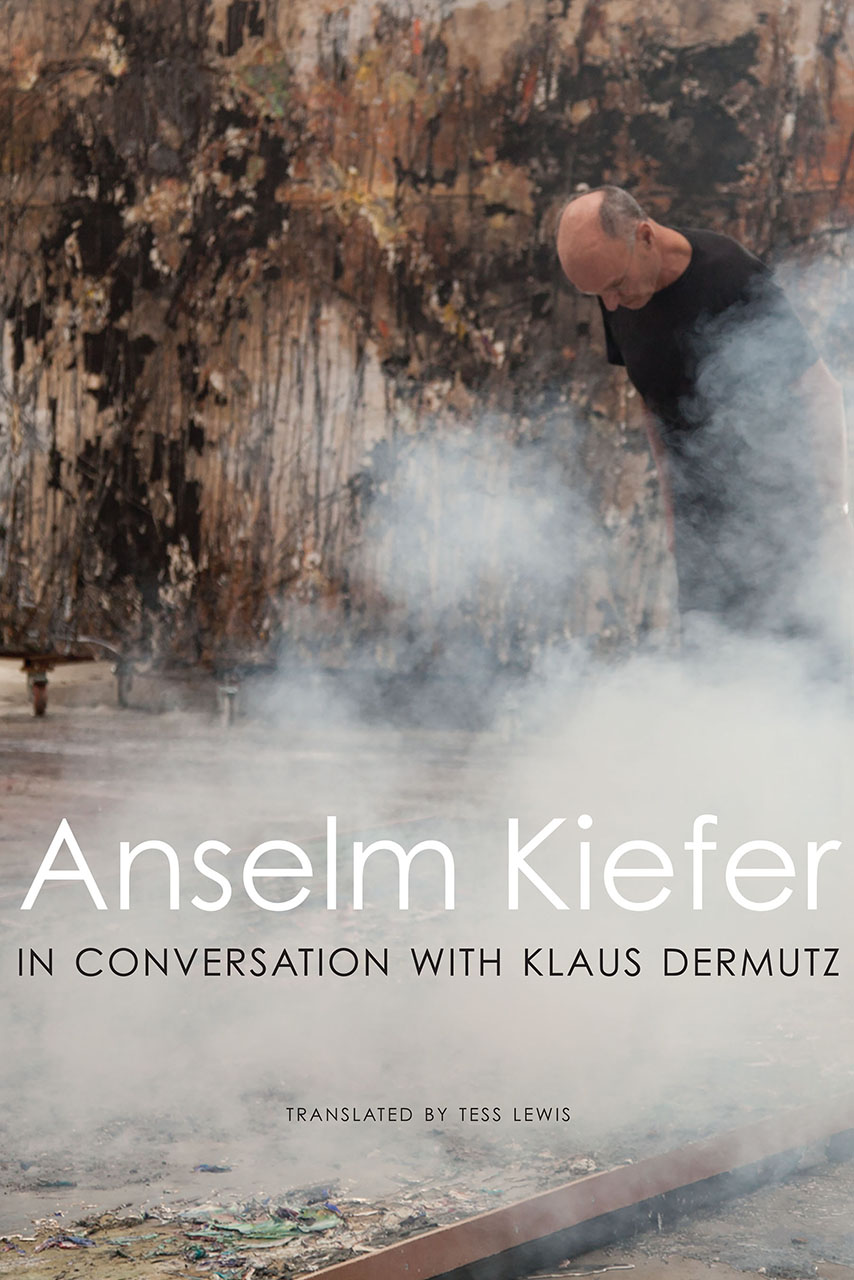Anselm Kiefer in Conversation with Klaus Dermutz
Seagull Books
 I travel the world for many reasons and one think I made sure of, is hunting down Anselm Kiefer’s artistic emissions in museums around the globe while doing so. The man and his ever-expanding body of work is a never ceasing source of inspiration for me.
I travel the world for many reasons and one think I made sure of, is hunting down Anselm Kiefer’s artistic emissions in museums around the globe while doing so. The man and his ever-expanding body of work is a never ceasing source of inspiration for me.
Needless to say that every time the Anselm opens up and shares insights on his approach to the arts, I am all ears – especially when someone like the theologian Klaus Dermutz, who had been at the helm of the documentary Over your cities grass will grow, is the one steering the conversation.
If you are familiar with Kiefer’s oeuvre, you might be surprised how down to earth and accessible he is in conversation. He is able to convey how he convey the inspiration for his thoughts in pictures, which are further refined to poems that serve as foundation and grip when his artistic endeavours pull him magnetically into the infinite.
The book is comprised of ten conversations, which tackle the essence that underpins his art, the creative processes leading to it and his sense and interpretation of aestheticism that infuse it with his idiosyncratic “je ne sais quoi”.
For the uninitiated as well as the hardcore aficionado, the information that emerges out of the conversations helps not only to explain but also enhances the enjoyment of his art, e.g. when he sheds light on how the central materials of his art play an integral part in the creative process and if you are aware of what he uses apart from paint, e.g. lead, sand, water, fire, ashes, plants, clothing, et cetera, it should not be a mystery what an immense part they play.
Dermutz also manages to elicit less obvious influences as far as schools of thought are concerned: From Jewish mysticism via German Romanticism, literary influences, Richard Wagner’s epic operas, philosophers, theatre directors and other Richter und Henker, as well as his own interaction with all of the individual constituents. The later becomes specifically interesting when it comes to the notions and themes of German (collective) guilt, suffering, communal memory, and the seductions of destruction, all of which have brought him critical appraisal as well as controversy.
This tome is an essential read that offers a rare access into a mind of a great artist – an artist that transcends confines, labels and defies classifications – and one anyone remotely interested in visual arts and the aftermath of the twentieth century would benefit from.